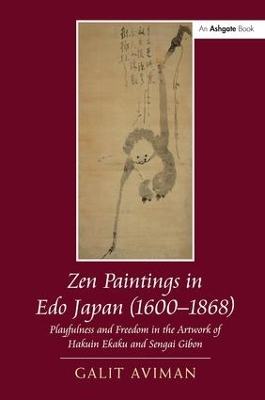In Zen Buddhism, the concept of freedom is of profound importance. And yet, until now there has been no in-depth study of the manifestation of this liberated attitude in the lives and artwork of Edo period Zen monk-painters. This book explores the playfulness and free-spirited attitude reflected in the artwork of two prominent Japanese Zen monk-painters: Hakuin Ekaku (1685-1768) and Sengai Gibon (1750-1837). The free attitude emanating from their paintings is one of the qualities which distinguish Edo period Zen paintings from those of earlier periods. These paintings are part of a Zen ink painting tradition that began following the importation of Zen Buddhism from China at the beginning of the Kamakura period (1185-1333). In this study, Aviman elaborates on the nature of this particular artistic expression and identifies its sources, focusing on the lives of the monk-painters and their artwork. The author applies a multifaceted approach, combining a holistic analysis of the paintings, i.e. as interrelated combination of text and image, with a contextualization of the works within the specific historical, art historical, cultural, social and political environments in which they were created.
- ISBN10 1138548898
- ISBN13 9781138548893
- Publish Date 25 April 2018 (first published 10 December 2014)
- Publish Status Active
- Publish Country GB
- Publisher Taylor & Francis Ltd
- Imprint Routledge
- Format Paperback
- Pages 180
- Language English
